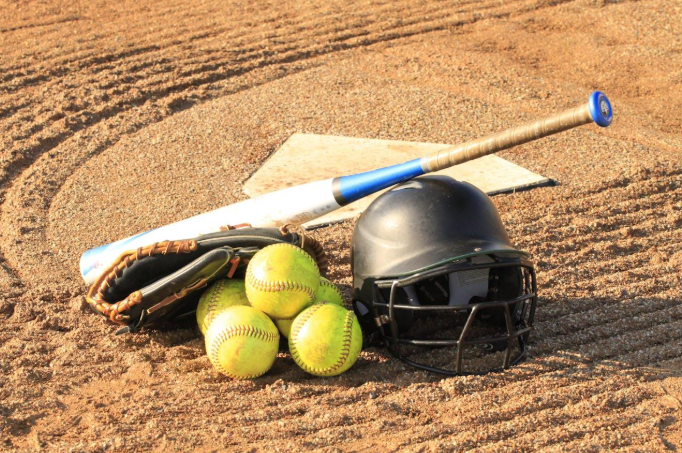Dreams of professional baseball don’t have to end with college or the draft. Independent leagues offer a legitimate path to continue playing at a high level, and for some, even a route back to affiliated ball.�
These tryouts happen year-round across the country, but walking onto that field unprepared is like stepping into the batter’s box without a bat. Success comes down to preparation, presentation, and performance.�
Master these five essential areas, and you’ll give yourself the best shot at earning that coveted contract.
Find Independent League Baseball Teams
Your first step happens before you even touch a baseball. Research is everything here. GoodIndependent league baseball teams exist at different levels, from the Atlantic League to newer regional circuits. Each has its own standards, salary structure, and season schedule.
Start with league websites and social media pages. They post tryout dates, locations, and registration requirements. Some teams hold open tryouts, while others require invitation or pre-registration. Pay attention to age limits too. Most leagues cap players at 27 or 29 years old, though exceptions exist for exceptional talent.
Prepare Your Baseball Toolkit
Equipment preparation separates serious candidates from weekend warriors. Your gear tells a story before youthrow your first pitch or take your first swing.
Pack multiple gloves broken in and game-ready. Bring different spikes for various field conditions. Pack extra everything: shirts, pants, socks, and protective gear. Weather changes fast, and you need to perform regardless of conditions.
Your bat selection matters tremendously. Bring wood bats if the tryout specifies them, but pack your best composite bat as backup.
Show Your Baseball Skills on the Field
Tryouts typically follow a standard format: throwing, fielding, batting practice, and situational drills. Each segment offers opportunities to stand out or get overlooked.
During throwing sessions, focus on accuracy over velocity. Coaches want to see clean transfers and consistent arm strength. Warm up properly beforehand, because you might only get a few throws to demonstrate your arm.
Fielding drills test fundamentals and reactions. Stay low, move your feet, and make routine plays look routine. Flash some range if possible, but never sacrifice sure hands for spectacular attempts. Consistent defense wins jobs.
Batting practice reveals your swing mechanics and power potential. Take quality swings and try to drive balls to all fields.�
Connect with Coaches
Every player at tryouts has skills. What separates you is your story and how you communicate it. Coaches are building a team, not just collecting talent. They want players who fit their culture and will contribute beyond statistics.
Prepare a concise summary of your baseball background. Where did you play? What positions do you handle? What makes you different from the guy standing next to you? Practice this introduction until it sounds natural, not rehearsed.
Be genuine in conversations with coaching staff. Ask thoughtful questions about their system, expectations, and development philosophy.�
Get Your Body Ready
Physical conditioning can make or break your tryout performance. Independent league seasons are long and demanding. Coaches evaluate whether your body can handle 100+ games over five months.
Cardiovascular fitness shows up immediately during tryouts. You’ll run sprints, field ground balls repeatedly, and take multiple rounds of batting practice. If you’re gasping for air halfway through, coaches will notice.
Strength training should focus on functional baseball movements:
- Rotational core exercises for batting and throwing power
- Shoulder stability work to prevent injury
- Lower body explosiveness for base running and fielding reactions
Flexibility also matters tremendously for injury prevention and performance.
